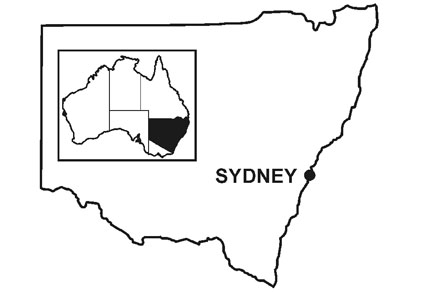Abstract
Proliferation of artificial structures is a common feature in urbanized environments. In Sydney Harbour (NSW, Australia), much of the coastline is composed of seawalls that have replaced natural habitats, such as rocky shores. Many of these seawalls are made of sandstone blocks or concrete, but the effects of the type of substratum on assemblages living on seawalls has not been documented. Nevertheless, differences in characteristics of substratum have been shown to affect composition and development of intertidal assemblages. Grazing molluscs are important agents in the structuring of intertidal assemblages affecting numbers and distribution of other organisms. This study compares species and numbers of grazing molluscs at midshore levels between concrete and sandstone seawalls across Sydney Harbour. The two habitats supported a similar suite of species, although in different numbers and frequencies of occurrence, particularly higher on the shore. Therefore, concrete and sandstone seawalls provide different habitat for intertidal molluscs depending on tidal height. Experimental work is needed to assess properly the impact of construction of seawalls with different materials on intertidal biodiversity.

